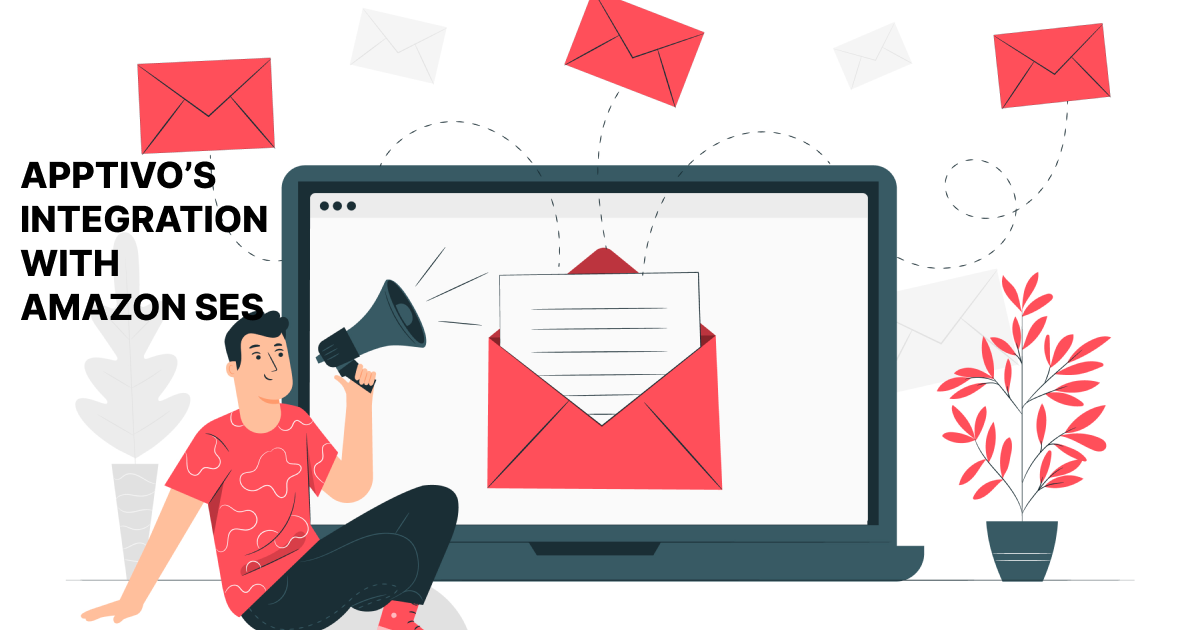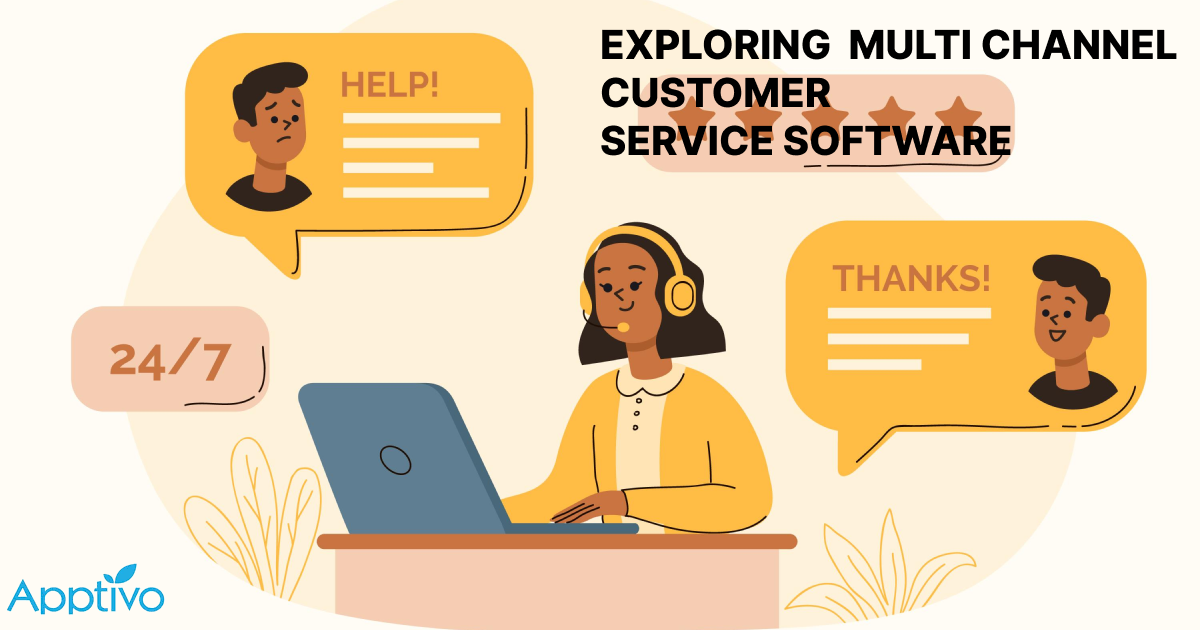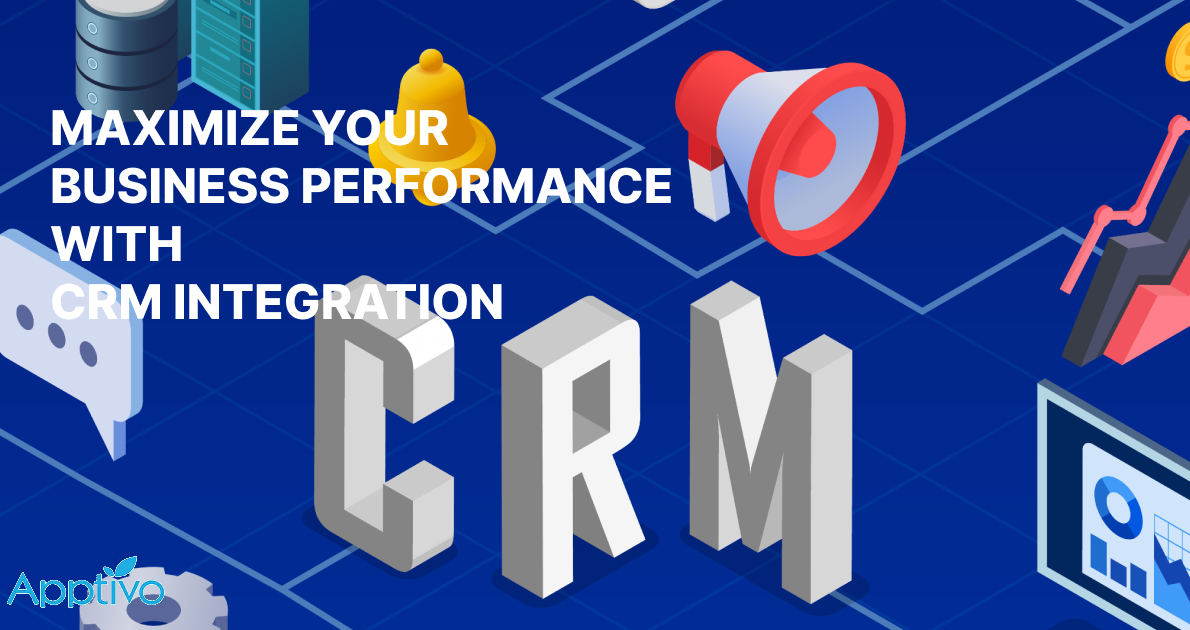 |
2. What precisely is a sales Pipeline?
3. How does the sales pipeline work?
4. What you’ll need before you start building your own pipeline?
5. Data analysis of sales pipeline
6. How to prioritize using a sales pipeline?
7. What phases should your sales pipeline consist of?
8. Key takeaways and best practises for the sales pipeline
Introduction
Successful salespersons seem so calm and collected. It makes us wonder how they handle the pressure of delivering numbers in prospecting, evaluating leads. negotiating, and closing Sales. How then do they juggle with competing priorities, to reach quotas & targets. Often, inexperienced sales representatives get overextended by putting more efforts to close, ignoring other crucial steps in the process.
With correct tools that provide full visibility of their sales pipeline it is easy to identify prospects that have the most probability to convert. The sales pipeline provides the metrics needed to keep an eye on the entire sales cycle from fresh opportunities to closing sales.
What is a sales pipeline?
A sales pipeline is a structured, visual method of tracking potential buyers as they progress through the various stages of the purchasing process and buyer’s journey. Pipelines are frequently depicted as a horizontal bar, sometimes as a funnel, divided into the various stages of a company’s sales process. As they go through the sales process, leads and prospects are shifted from one stage to the next (e. g. when reps receive a response to outreach like a cold email or when a potential customer is marked as a qualified or unqualified lead). Pipelines also provide an overview of a salesperson’s individual account forecast and how close the salesperson and the team as a whole are likely to meet their quota. This enables sales representatives and sales managers to forecast more accurately the number and value of deals that will close in a given time period. It will help the salesperson focus their two most important resources – Time & Effort. By prioritizing customers most likely to convert and those with most value, they are more likely to meet targets.
How does the sales pipeline work?
A sales pipeline creates a comprehensive view that assesses the state of all sales opportunities. The lifecycle of numerous customer prospects is also represented in the sales pipeline, from the first contact until the closing of a deal. Broadly classified into four actions as follows:
1. Accumulating incoming leads.
2. Converting a prospect into a lead that is first marketing- and then sales-qualified.
3. Making a sales opportunity out of a qualified lead.
4. The trade being marked as closed, halted, or lost.
What you’ll need before you start building your own pipeline
Having an in-depth understanding of the company, sales team, existing customers, target audience, target market, product, and pricing will help identify each stage of the sales pipeline. From an operational perspective, the following have to be first identified:
1. A list of your prospective buyers
2. Your team’s sales process
3. Your revenue targets
4. A meeting scheduled with colleagues
1. A list of potential buyers
A list of prospects that fall under your ideal customer profile (ICP) and who have a need (and a budget) for the good or service you’re offering is the first item you’ll need. This list should be as thorough as you can be while still fitting your buyer profiles. This comprises names, contact details, their company (including the sector and size of their enterprise), their job title, whether or not they are a decision-maker, how you first got in touch with them (or vice versa), your initial point of contact, their pain points and issues, etc.
2. The Sales process
A sales process lays out in detail the sales actions your team must carry out in order to close a contract in a clear, organized manner. With the right sales process in place, your sales representatives can consistently close deals by simply adhering to the processes and duties outlined in their workflows. Great news: you probably already have the steps of your pipeline described if your team already has a clearly defined sales process. Otherwise, don’t worry. You’ll be able to create a map of your sales process as you construct each stage of the funnel, which we’ll discuss in the following section.
3. Your revenue targets
One thing that will assist you in achieving your income targets is your lead pipeline. Consequently, having your goals in mind will help you create a pipeline that works. When you look at those data, you’ll be able to determine how many deals you need to add to your pipeline in order to accomplish your goals. For instance, it would be simple to determine how many of your qualified leads end up becoming brand-new clients if you knew how frequently this occurs.
4. Get your colleagues on the same page
A sales pipeline can help with task management and tracking on the individual and team levels. Your sales team members should be included in the decision-making process as you develop the funnel because everyone will be using it. By giving everyone a chance to share their thoughts and suggestions, your sales pipeline will become a more useful tool for teamwork, communication, and project management.
Data analysis of sales pipeline
Each stage can also be mapped to other KPIs such as:
- Win Rate
- Sales Cycle
- Average Deal Value
- Number of Opportunities
- Total Value of Deals / Opportunities in pipeline
- Sales Pipeline Velocity
- Drop off by deal stage
- Conversion Rates by stage
- Engagements and Response Metrics
How to prioritize using a sales pipeline
A healthy sales pipeline gives you an invaluable window into anticipated sales, which helps you plan and forecast more precisely. To achieve the greatest outcomes, learn how to map out the various stages of your sales pipeline. There are a tonne of excellent sales pipeline templates online. Naturally, you must still adjust it to meet the demands of your business once you’ve selected one. Here is a list of priority activities. Start by presenting a straightforward case study and customer testimonial from one of your lookalike clients, emphasizing how your solution added value to their lives. Be detailed when describing the traits that set them apart from your ideal customer. Finally, ensure that your front-line team understands how to communicate these customer stories. The more you can put your value story front and center – before your product features – the more likely you are to connect with your prospects. It’s time to stop writing and start expanding the pipeline. As long as you’re careful not to spread your resources too thin, we always advise a combination of inbound and outbound demand generation strategies.
What phases should your sales pipeline consist of?
Each business is unique, and each sales pipeline is unique. A five-step pipeline is used by some firms, an eight-stage process by others. Your sales pipeline’s number and kind are influenced by a number of elements, such as how you approach leads and the kind of goods or services you offer. For instance , When selling SaaS tools, salespeople frequently have a sales presentation area where they may show potential customers their product. A house viewing will most likely be in a real estate agent’s pipeline. The steps that are present in the majority of sales lead pipelines are shown below, along with a description of what each stage signifies.
1. Prospecting
The initial step in every pipeline is always the same: identifying potential customers who are in need of what you’re selling. Depending on their clientele, products, and organizational structure, every organization has a distinct approach to prospecting. For instance, you might have a lead generation staff solely focused on finding new leads, or you might produce leads largely through marketing campaigns that make use of downloadable material and social media interaction.
2. Qualifying
Finding prospects who are the best fit for your offering is the main goal of qualifying. Sometimes, after a representative has spoken with a prospective new customer, the lead qualifying stage of the process comes into play. Lead qualification is an essential stage since you don’t want your salespeople wasting their time on leads who can’t or won’t purchase your product or who might be the wrong fit and lead to issues in the future. Answering the following queries is the key to qualifying leads:
i) Does your potential customer have the money to buy your product?
ii) Can the potential customer decide to buy on their own, or do they need to persuade someone else?
iii) Do they actually require your offering?
iv) Do they appear to be prepared to purchase right now?
Even while there is nothing wrong with cold leads, you shouldn’t keep them in your pipeline. Consider moving a prospect to a different category, such as a future pipeline or a future callback list, if they have been cluttering your pipeline for longer than your regular sales cycle. Set a reminder to check up with them later to see if anything has changed.
3. Contacting
After that, arrange a meeting or demo to showcase your products and services to prospective customers. You should now assess whether there is a compelling business reason for the lead to get a proposal.
4. Building relationships
Summarize how your business can assist in addressing the needs of the potential consumer to make your case. Show how the costs you suggest will more than cover the cost of the engagement with the pricing you offer. To assist distinguish your proposal from those of other suppliers at this point, don’t forget to list your competitive advantages.
5. Closing
Once your representatives have established contact, described your offering, and gained the customer’s trust, it’s time to close the deal. How do you make a selling request? That really relies a lot on your representatives, business, and clients. On occasion, the client blatantly replies “yes. ” You might occasionally have to give in order to close a deal, but you should never agree to any particular concessions unless you have first discussed them with the other party. Make a couple tries to get in touch with a customer who disappears just before a transaction, and then send them a message outlining that you understand it might not be the best time and inviting them to get in touch later. ”Make that contact a “cold lead” at that point”.
6. Following up with cold leads
Contacting cold leads, on the other hand, should be a stage in your pipeline. Just because they weren’t ready to buy when you first contacted them doesn’t mean they aren’t now. Check up on them from time to time to see how they’re doing (this is also part of the building relationships step). You never know; they might now have the resources, power, or demand that they lacked previously.
Key takeaways and best practises for the sales pipeline
Having the visibility of all active contacts, leads and opportunities in your sales pipeline, enables you to have both an eagle’s eye view of the status of your sales, and also a granular view of actionable opportunities that are available to you. It enables you to follow up regularly with appropriate content, focus on the most promising leads, and remove dead leads. By doing the above diligently, you have a true picture of your sales opportunities. In addition, review the pipeline periodically to see if it truly represents the sales process and your sales cycle. Update it as required. Trim or expand it if necessary. A good CRM gives you the visibility of your sales pipeline and helps manage your sales.
Final Thoughts
Your sales pipeline stages will aid you and your sales team in smoothly tracking deals and prioritize activity. When correctly implemented, managed, and updated, it provides optimal results. Build the stages of your sales based on the activities your sales staff performs to generate income. If it appears that your pipeline requires additional or fewer phases, don’t be scared to revise: Increasing the accuracy of your pipeline will enable you to meet your targets. You can identify what generates money and start generating more of it if your pipeline is organized and working properly.
Latest Blogs

Apptivo's Integration with Amazon SES for Outgoing Email Server
Amazon Simple Email Service (SES) is an email platform that provides an easy, cost-effective way to send and receive email using your email addresses and domains. Apptivo has migrated its email service to Amazon SES (Simple Email Service) to enhance the performance and reliability of our email services
Read more →
EXPLORING MULTI CHANNEL CUSTOMER SUPPORT SOFTWARE
1.What is customer service software? 2
Read more →
Maximize your business performance with seamless CRM Integration
1.What is CRM Integration? 2
Read more →
